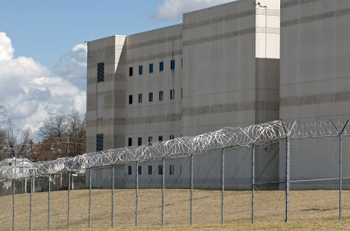
The Department of Justice hopes to reduce crime by easing the path to reentry.
In late May, Attorney General Eric Holder delivered the opening remarks at the Second Chances and Safer Communities Conference, highlighting the Department of Justice’s (DOJ) desire to bring down recidivism rates and ease the reintegration process for convicted felons.
The DOJ asserts that smoothing the path to reentry will lower recidivism and help reduce overall crime rates. Roughly 40% of prisoners are reincarcerated within three years of release.
However, according to a 2009 study, young and or violent offenders who can remain arrest-free for eight years after release are no more likely to commit future offenses than members of the general public. This time frame drops to three to four years for older offenders.
One possible strategy for lowering recidivism would be to eliminate state and federal regulations that inhibit employment of former offenders, even those who have remained arrest-free. Although research has not shown conclusively that such a strategy will in fact lower recidivism rates, Attorney General Eric Holder stated that he will be consulting with State Attorneys General on reforming relevant statutes and that the federal government will be conducting its own review through a Federal Interagency Reentry Council.
In conjunction with Holder’s conference speech, the DOJ also launched a “What Works in Reentry Clearinghouse” an online resource that provides access to comprehensive, user-friendly information about a wide array of reentry programs. The project was funded through the Second Chance Act, a 2008 law that makes available federal grants to government and nonprofit entities to provide housing, employment, and other services to previously incarcerated individuals in the hope of reducing recidivism.



